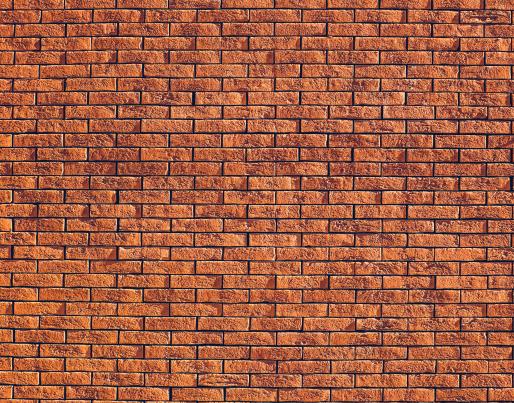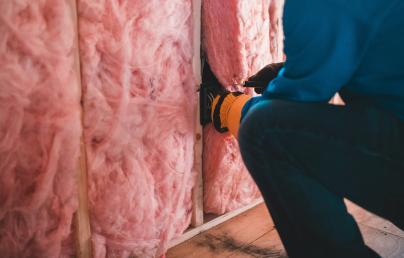
What are EU houses made of?

What are EU houses made of?
New study from Eurac Research examines building materials on the path for more sustainable constructions
The building sector's role in contributing to greenhouse gas emissions and energy consumption is well known. While energy efficiency measures have been a priority, decreasing resource extraction and waste generation is often overlooked. Circular Economy principles can find practical application in the construction industry. However, effective Circular Economy strategies demand a precise understanding of materials used in buildings.
The new study by Eurac Research titled "Assessment of Building Materials in the European Residential Building Stock: An Analysis at EU27 Level" examines the composition of building materials across the EU's residential sector.
Thanks to data from the H2020 European projects Hotmaps and AmBIENCe, the study examines various materials used in floors, roofs, walls, windows, and insulation layers in different types of residential buildings. The EU27-level analysis revealed that concrete and brick dominate the European residential building stock, while materials like wood and certain rocks are used more sparingly. The study provides a comprehensive perspective on the EU27 residential building sector at current state. The findings can be useful to facilitating informed decision-making at national level, although more research is needed to tailor specific Circular Economy strategies.
The study is part of Horizon 2020 project BuiltHub.
sustainability-15-08840-v3.pdf
English (989.85 KB - PDF)
